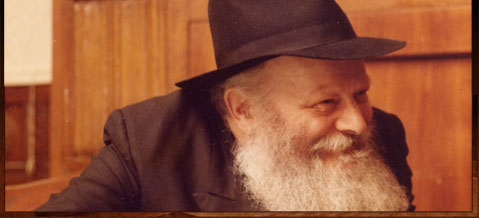Rabbi Dovid Shraga Katz
When my parents emigrated to the Land of Israel and settled in Haifa, I was two years old. In the 1940s, I attended the Chofetz Chaim yeshivah in Kfar Saba, which was headed by Rabbi Aharon Yehuda Leib Shteinman and later spent eleven years studying in the Ponevezh yeshivah in Bnei Brak.
Although educated in the premier Lithuanian yeshivot, I was young, wanted to be open, and was interested in Chasidut. A few of my friends in Ponevezh were from Chabad families, and from time to time I would attend gatherings held by a Chabad chasid who lived nearby. I especially remember a farbrengen led by Rabbi Refoel “Foleh” Kahn who had returned from a visit to the Rebbe’s court, and related his experience to us Ponovezher students.
At the age of twenty-eight, while still unmarried, I was offered a rabbinic post in the Ramat Remez neighborhood of Haifa. My teacher Rabbi Yosef Shlomo Kahaneman, the esteemed head of the Ponevezh yeshivah, told me to accept the position on the condition that I open a yeshivah in the neighborhood and lecture there every day. Members of the local community were enthusiastic about the idea and even pledged their support. In addition, then-mayor of Haifa, Mr. Abba Chushi, agreed to designate a suitable plot of land for a building, and even gave us a grant of half a million liras. To complete the construction, however, we would need several million more.
In the late 1960s, I decided to travel to the United States to raise funds from Jewish philanthropists there. At one point in my tour, someone put me in touch with the Rebbe’s secretary, Rabbi Leibel Groner, who arranged an audience for me with the Rebbe. (more…)






